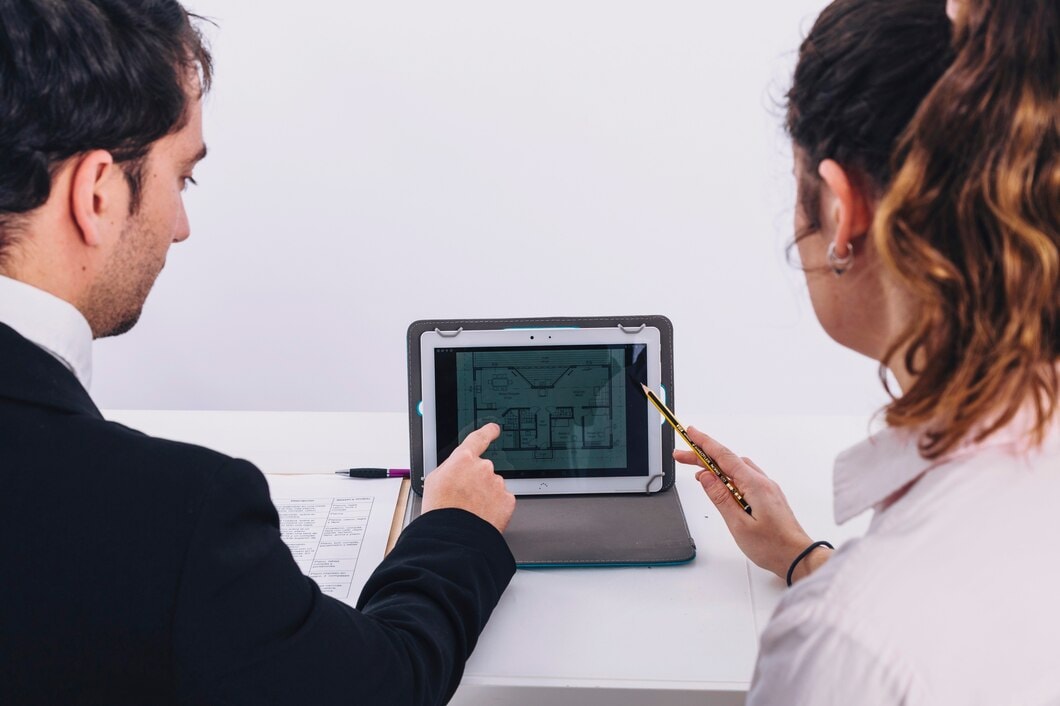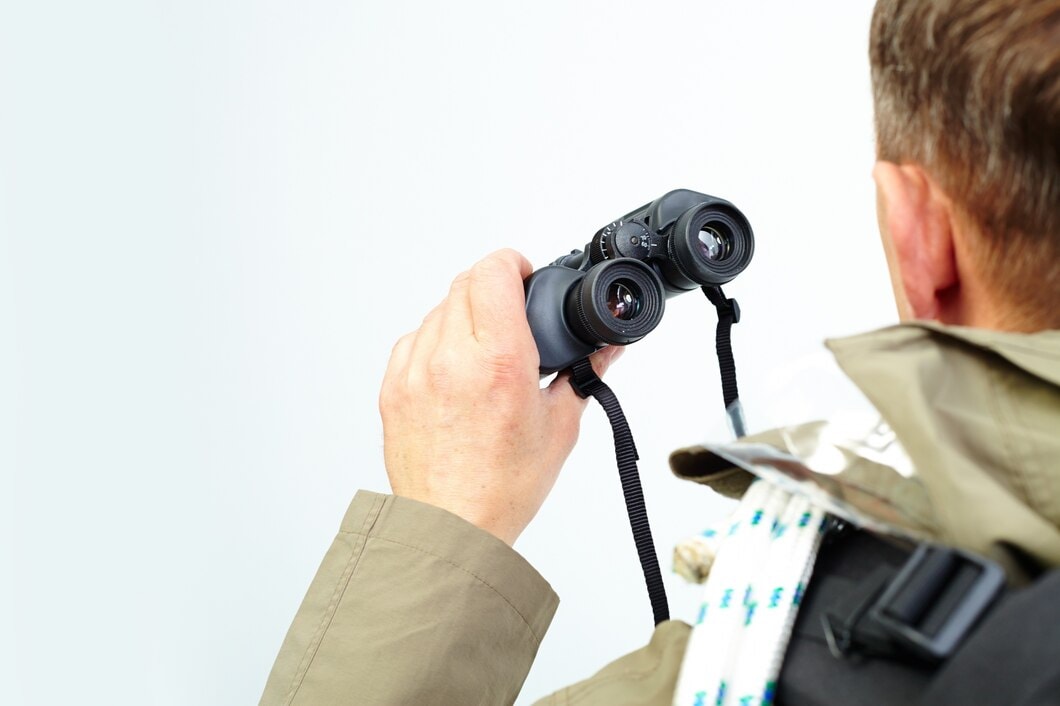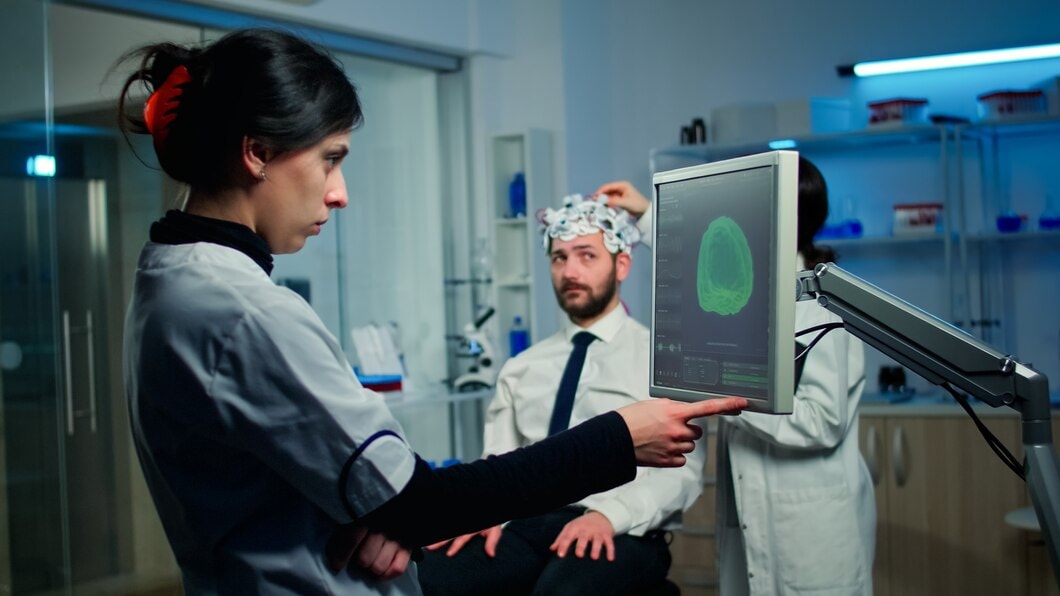Introduction
Quality is everything in manufacturing. Products are needed to have the highest qualities. The inspection of visuals shall play an active role here.
Human inspectors, making the check-up of the products for the defects or anomalies, were put to rest using technology which now shall venture beyond unseen lines.
In most, factories have been using the automated visual inspection systems, which together act in supplementing the precision and speed of quality control.
Automated visual inspection schemes use machine vision systems coupled with high-resolution cameras, sensors, and intelligent software, which are used to detect defects in the products on the production line.
Such systems have advantages over the traditional manual inspection method concerning precision, consistency, and achieving large production with minimum human intervention.
The present works herein shall speak about the best automated visual inspection solutions-good quality assurance, their advantages, and what the trends for the future may develop.

Definition:
Visual inspection is a process whereby one inspects the product visually to determine whether it has defects or certain aberrations thereof.
Traditionally, in manufacturing, visual inspection was conducted by human eyes, as the persons looked physically at the product as it passes through the production line. In this kind of inspection, some examples of defects that can be recognized include surface imperfections, incorrect packaging, foreign objects, visible particles, and cosmetic defects.
Human vision remains unable to perceive those fine or very slightly visible defects, which can turn into missed defects or lead to inspection irreproducibility.
Outside, an increasingly individual but more accurate application of automated systems programmed to conduct the same quality inspections.
Visual inspection-systems are able to detect very fine defects invisible to the naked eye, thanks to the utilization of very high-resolution cameras together with advanced software.
These systems can serve industries like electronics, automotive, pharmaceuticals, food and beverage, and medical devices, where quality affects consumer safety and ultimately business success.
What is Automated Visual Inspection?
Automated visual inspection is mostly a process of automation of human works through the application of high technology and includes high-resolution cameras, lighting systems, and image processing software in its procedure.
The objective of an automatic inspection system is the improvement of inspection speed and accuracy while reducing opportunities for human error.
Core Components of an AVI System
1. Cameras and Sensors:
These are high-resolution cameras that take the photographs of products or components under inspection; and these sensors detect change in light, shape, texture, and color in materials, making it practically impossible to see such defects identification with the naked eye.
2. Lighting Systems:
Since lights are an essential requirement in any process of visual inspection, AVI systems employ a variety of lights, including structured lighting and dark field illumination, to enhance specific features and defects present on the surface of the product.
3. Image processing and software for defect detection:
The software applied for AVI systems is designed to analyze captured images and recognize the defects using pattern recognition and machine learning algorithms.
It describes the captured images within the parameters of pre-defined specifications, identifies deviations, and assigns classes to defects based on them.

Applications of Automated Visual Inspection in Manufacturing
These systems range across many applications in many industries, thereby guaranteeing high-quality production efficiently and consistently-well worth describing some of the most common:
1. Electronics (PCB inspection)
In the consumer electronics segment, AVI finds a very critical application in the inspection of printed circuit boards.
These should be capable of detecting very minute defects, such as wrong soldering, missing components, and other manufacturing defects that could compromise electronic devices' performance.
Through the use of high-resolution cameras and sophisticated software, only defect-free PCBs are sent to the following stage of production.
2. Automotive (Surface Defect Detection)
Automotive companies use AVI to detect surface defects, such as scratches, dents, and paint imperfections, in components like bumpers, doors, and mirrors.
Such systems make sure that only the best quality components are used in the final assembly of the vehicle thus enhancing both its aesthetic value and safety.
3. Pharmaceuticals (Label and Packaging Verification)
The quality of a product defines its worth in the context of the pharmaceutical industry, affecting patient safety ultimately. Most commonly, AVI systems are put to use for packaging inspection, label verification, and making sure the right product is in the right package.
These systems identify such packaging defects as missing labels, incorrect printing, and damaged seals; important issues with the product in regard to regulatory compliance and consumer safety.
Contamination poses a serious concern to the food and beverages industry. Automated inspection systems are instilled to pick out foreign substances, visible particles, or contaminants that may have slipped into food products during manufacturing.
By identifying the defects early, AVI systems prevent defective products from ever getting to consumers and assist manufacturers maintain a high standard of safety and quality.
How Automated Inspection Systems Work

Automated inspection systems deploy advanced technology to capture images of products moving along the production line. Here is a descriptive summary of the basic steps involved:
1. Image Acquisition and Pre-processing:
It starts with high-resolution CCD cameras, to obtain detailed images of the products. The number of different sensor types may be used in the process, based on the application, to enhance the images and
ensure clarity and correctness in imaging. The second step in pre-processing typically involves adjustments to the brightness, contrast, or other characteristics to optimize defect detection.
2. Defect Detection by AI/ML Algorithms:
Upon completion of image acquisition, the next step applies machine learning algorithms to detect any defects present in the product. Neural networks are used, trained with the specific tasks of detecting one or several defects, depending on how clear the recipes offer.
This is achieved by generating a set of training samples derived from previous inspections, allowing for training of the algorithms for identifying types of defects-awareness of abnormality of nature like cosmetics, surface breaks-to internal structural failures.
3. Classifying and Reporting On-Demand Results:
Having detected the defect, the system categorizes it according to its severity or type. There can be major, minor, and critical defects.
The results are logged in real time and analyzed by the operators for corrective action. In certain cases, defective products are removed automatically from the line.
Automated Visual Inspection System: Key Features
The following are some of the key features, which make an automatic visual inspection system really effective in quality assurance:
• High-Speed Processing:
Automated systems can process images at high speeds, thereby inspecting large volumes of products in real-time without slowing down the production line.
• Integration with Manufacturing Lines:
AVI systems are designed to integrate into existing production lines, allowing manufacturers to automate their inspection processes without major adjustments in their workflows.
• Identification and Reporting of Defects in Real-Time:
Defects are detected and reported immediately, allowing for prompt corrective action. This ensures that bad products are caught early on, thus not proceeding any further in the production line.
• Adaptability for Different Products and Industry:
The systems also possess a great degree of flexibility and adaptability for varying sets of industries: from consumer electronics to medical devices, with each product having its unique quality check.
Benefits of Visual Inspection Automation
Switching to automated visual inspection brings quite a lot of benefits for this case in the shape of:
1. Increased accuracy and conformity
Automated visual inspection systems show that same consistent level of precision which has been there for every similar inspection each run on any product and does not affect variance previously introduced by a human inspector.
This completely nullifies any inconsistencies brought about in general inspection because of review by human beings.
2. Cost Savings for Long-term Operations
Automated inspection systems may be very costly to implement, but they bring along with them long-run savings through labour cost savings and diminished defective products that would be available for reworking or disposal.
3. High-volume Production Capabilities
Automated systems such inspections certainly speed different industries. Hence, the increased production capacity in such industries without compromising on quality standards is now possible.
This is particularly important for the sectors that are producing thousands of units a day.
4. Enhanced Workplace Safety
Automation of inspection tasks fundamentally means reduced exposure of human workers to potentially hazardous environments, thus reducing the likelihood of injuries that would have otherwise been incurred by manual inspection.

Challenges and Limitations
These are provided with sure advantages, yet the visual inspection systems have little drawbacks:
• Initial costs:
Implementation of automated inspection systems would require enormous sums of money. Smaller manufacturers may suffer the most. Yet, such costs are usually compensated for by large savings in subsequent periods.
• Complex defects:
Some complex defects escape detection by automatic systems. The chief reason for that is that there is not sufficient training data on the side of these automatic systems. For this, it is mandatory to work on improving the machine learning models on this aspect.
• Hardware and software dependency:
Good quality cameras, sensors and quality image processing software must be needed for the effective functioning of automated visual inspection systems. Their functioning depends highly on the quality of their components.
Selection of the Correct Visual Inspection System
These are provided for your guidance when selecting an automated visual inspection system:
• Industry-Specific Requirements:
Different industrial spaces have different types of quality control requirements.
The automotive industry would certainly require surface inspections for car parts where the pharmaceutical industry would be aiming for its checks on label and packaging verification.
• Scalability:
As the business develops, the system should be capable of scaling for future production needs.
• Compatibility with Existing Manufacturing Setups:
The inspection system must smoothly fuse into the existing manufacturing processes to avoid any disturbance during production.
Some of the high-end automated visual inspection solutions that are offered by companies include Cognex, Keyence, and Omron, which have several products suitable for each type of industrial needs.

The Future of Automated Visual Inspection
There is great promise for the future of automated visual inspection, mostly driven by advancements in artificial intelligence and machine learning.
Automated inspection technology should improve through continued advancement in thinking capacities, allowing them to notice even minute defects.
Also, IoT and coupling with Industry 4.0 technologies will enable real-time data gathering and analysis that will further enhance inspection efficiency and allow for predictive maintenance.
Predictive maintenance will allow manufacturers to predict when a given component in their inspection system is going to go down, leading to lesser down times and thus increasing production efficiency.
Conclusion
Machine vision systems are revolutionizing automated solutions in manufacturing by adding efficiency, accuracy, and consistency to each inspected piece further than what manual inspection can deliver.
AVI systems have now become an irreplaceable tool of manufacturers in varied fields, from consumer electronics to pharmaceuticals, in their pursuit of improving product quality and streamline production processes.
With investment in an automated visual inspection system, manufacturers now have a chance to realize the highest possible expression of quality, resulting in long-term cost savings and operational efficiency.